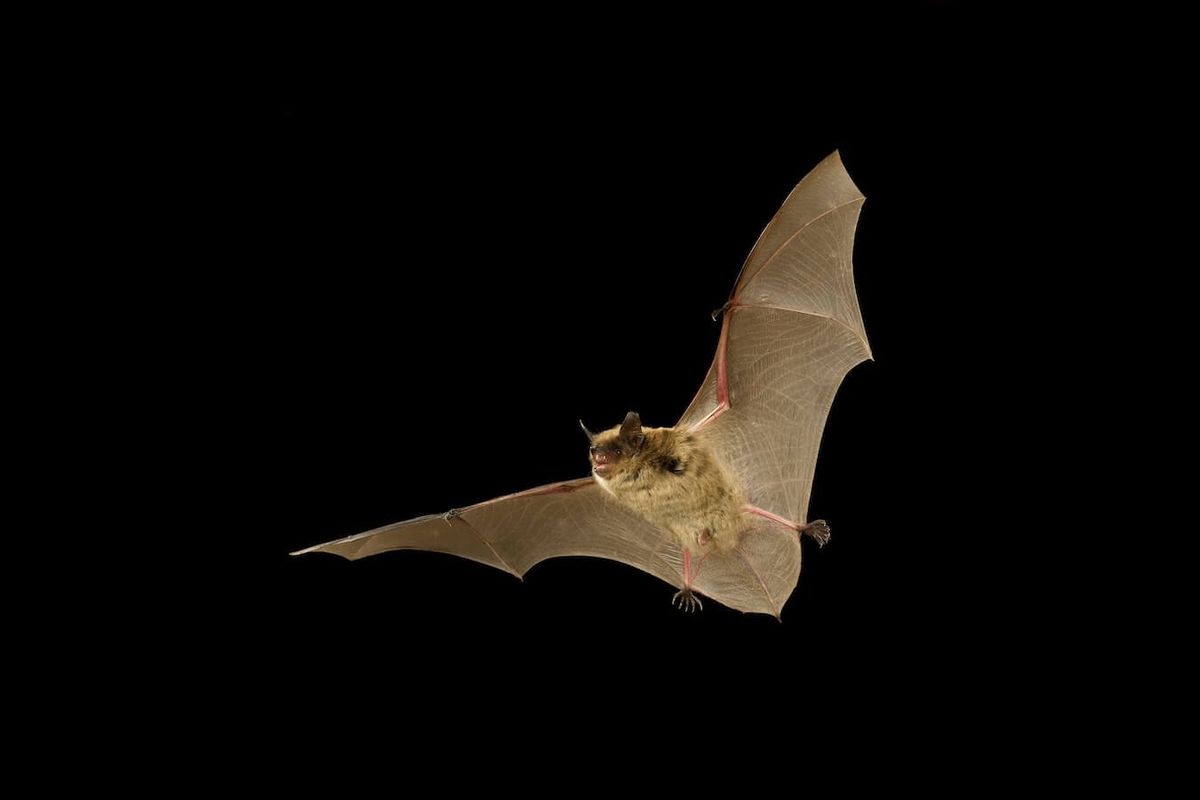Cool critters: Salud! Here’s to bats for the margaritas and fewer mosquitoes

It’s bat maternity season, when female bats give birth upside down and raise their offspring. And you know what? There’s a good chance a mom and her new baby – called a pup – are roosting in a tree cavity or another dark, secluded place nearby.
Rather than cringe in fear, Lynne Nelson hopes you will beam with gratitude and welcome this summer’s new generation of winged mammals to the Inland Northwest.
After all, bats are not the filthy, blood-sucking creatures of lore, she explained. Instead, they are devoted mothers and hardworking neighbors that make important contributions to humans and nature. They even groom themselves like cats.
“Bats top the list of most misunderstood animals,” said Nelson, veterinary biologist at Washington State University and a bat advocate. “Many people don’t understand the vital role they play in the ecosystem.”
Not only do bats devour insect pests, but they pollinate plants and disperse seeds. Thanks to bats, the planet has bananas, avocadoes, mangoes and ample corn and soybean crops. What’s more, bats are the sole pollinators of agave, the plant used to make tequila.
More than 1,400 bat species are known worldwide, making them the second most populous group of mammals after rodents, according to Bat Conservation International. “One in five mammals is a bat,” its website states.
Fifteen bat species reside in Washington, according to the Washington Department of Fish and Wildlife. More common on the state’s eastern side are the little brown bat, the canyon bat, the small-footed myotis, and the pallid and hoary bats.
And if you’re fearful of them, there’s good news.
“Less than one bat in 20,000 has rabies and no Washington bats feed on blood,” the agency notes.
In fact, only three bat species feed on animal blood, and they live in Central and South America.
“Bats are all around us, but because they are nocturnal, people often don’t notice the good they do,” said Nelson, who installed several bat houses on her acreage in Palouse to give bats a daytime place to rest and to raise their pups.
As nights get warmer, more winged shadows are swooping through the air near her home, exterminating bugs like spray planes without pesticides. With forelimbs adapted as wings, bats are the only mammals to truly fly. Each wing has a thumb and four fingers – similar to a human hand – to control movement.
“They are voracious predators of night-flying insects,” Nelson explained, including those that munch on garden plants and others that inflict humans with itchy bites.
Ah yes, mosquitoes. The next time you swat one off your skin, consider this: The agile little brown bat, with its widespread range in North America that includes Washington and Idaho, can eat up to 600 mosquitoes in an hour, according to the National Wildlife Federation, a claim bolstered by a University of Wisconsin study published in the Journal of Mammalogy in 2018.
Unlike birds, bats give birth and nurse their young with milk. Most bat species in our region deliver one pup at a time, except the hoary bat, which typically has two. After weeks of maternal care, the pups will spread their wings and fly alongside their moms in search of insects by early August.
So when nighttime comes and bats emerge, step outside, raise a margarita and say cheers to the creatures that make tequila and many of our favorite foods possible.